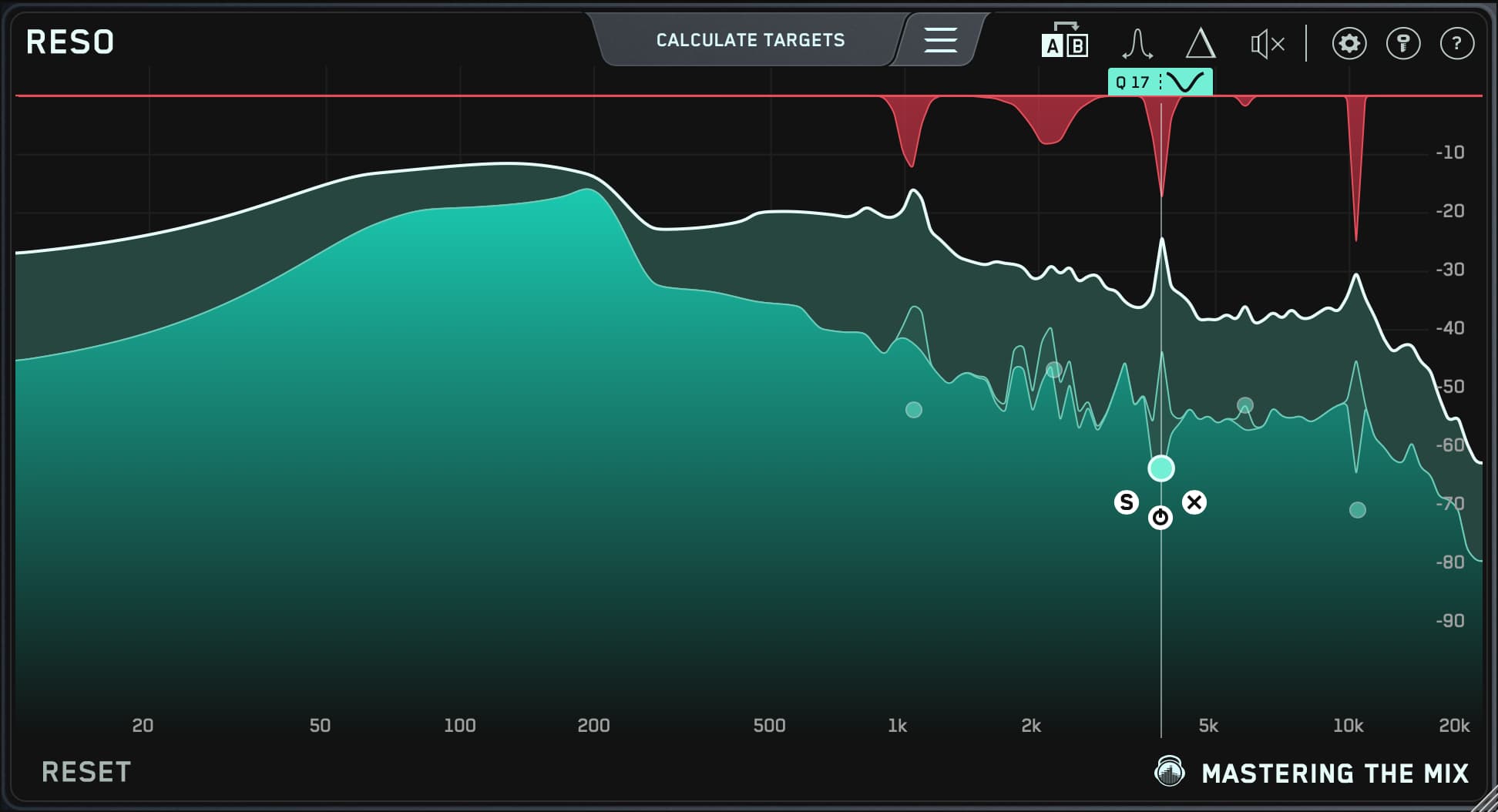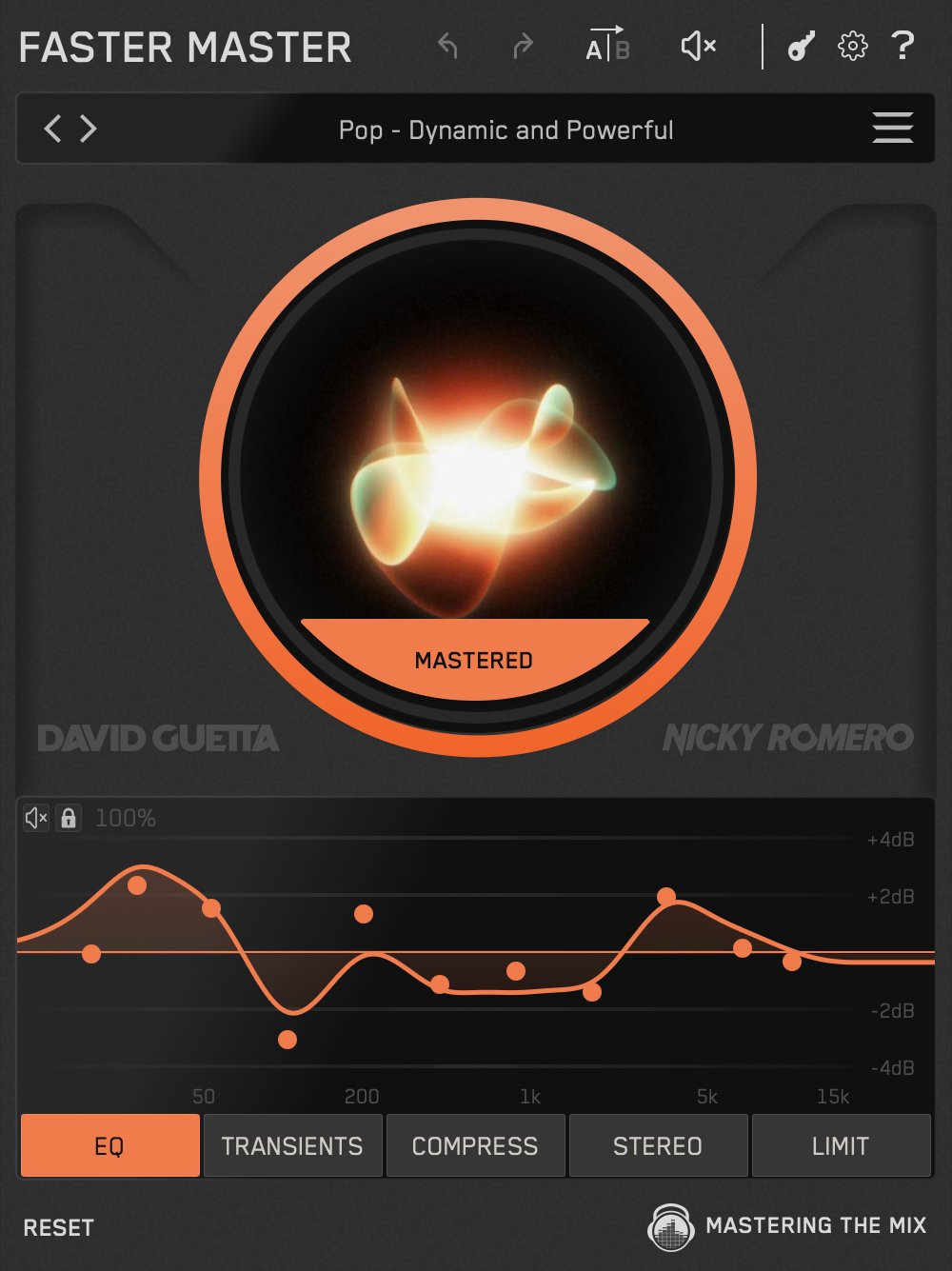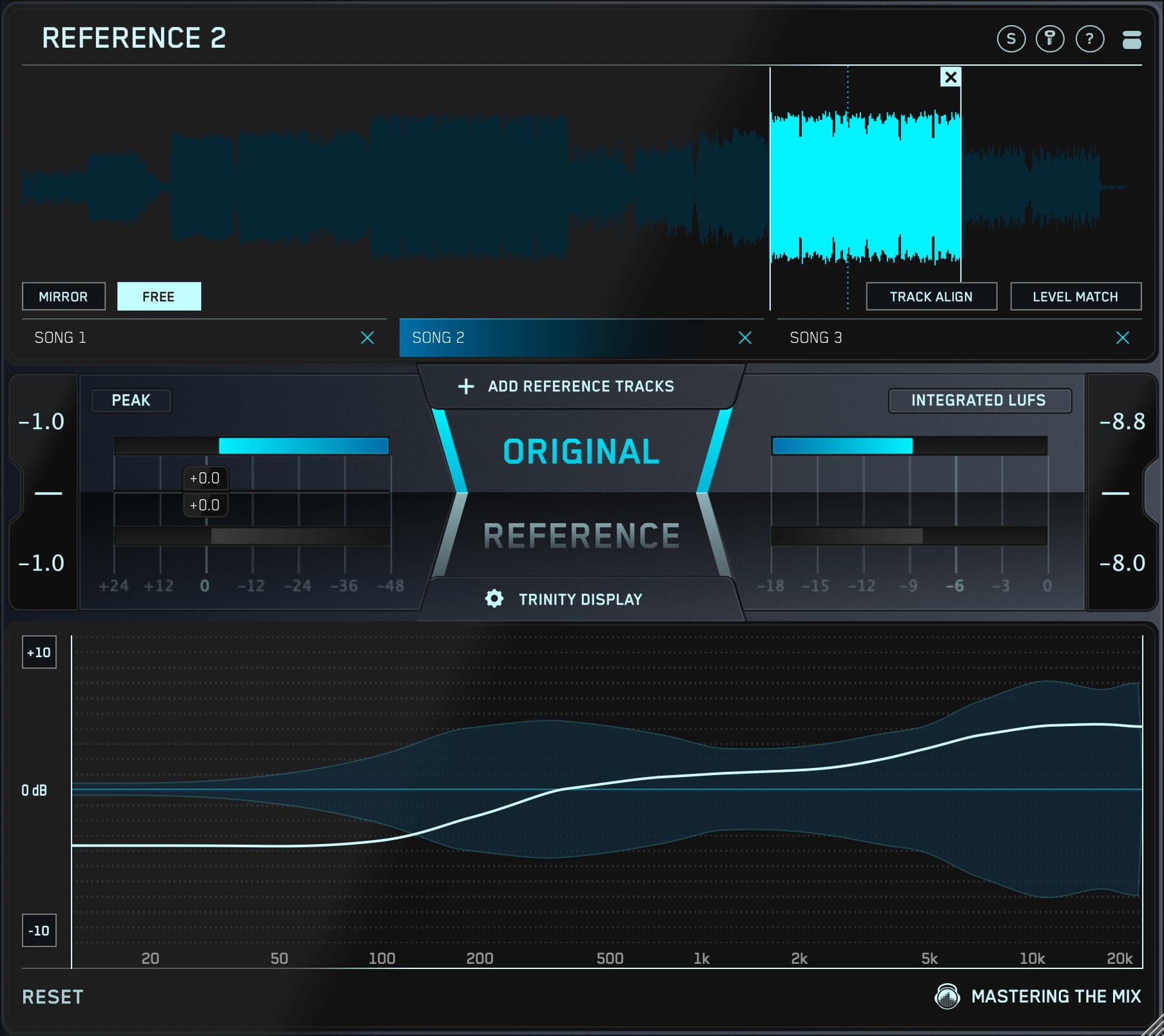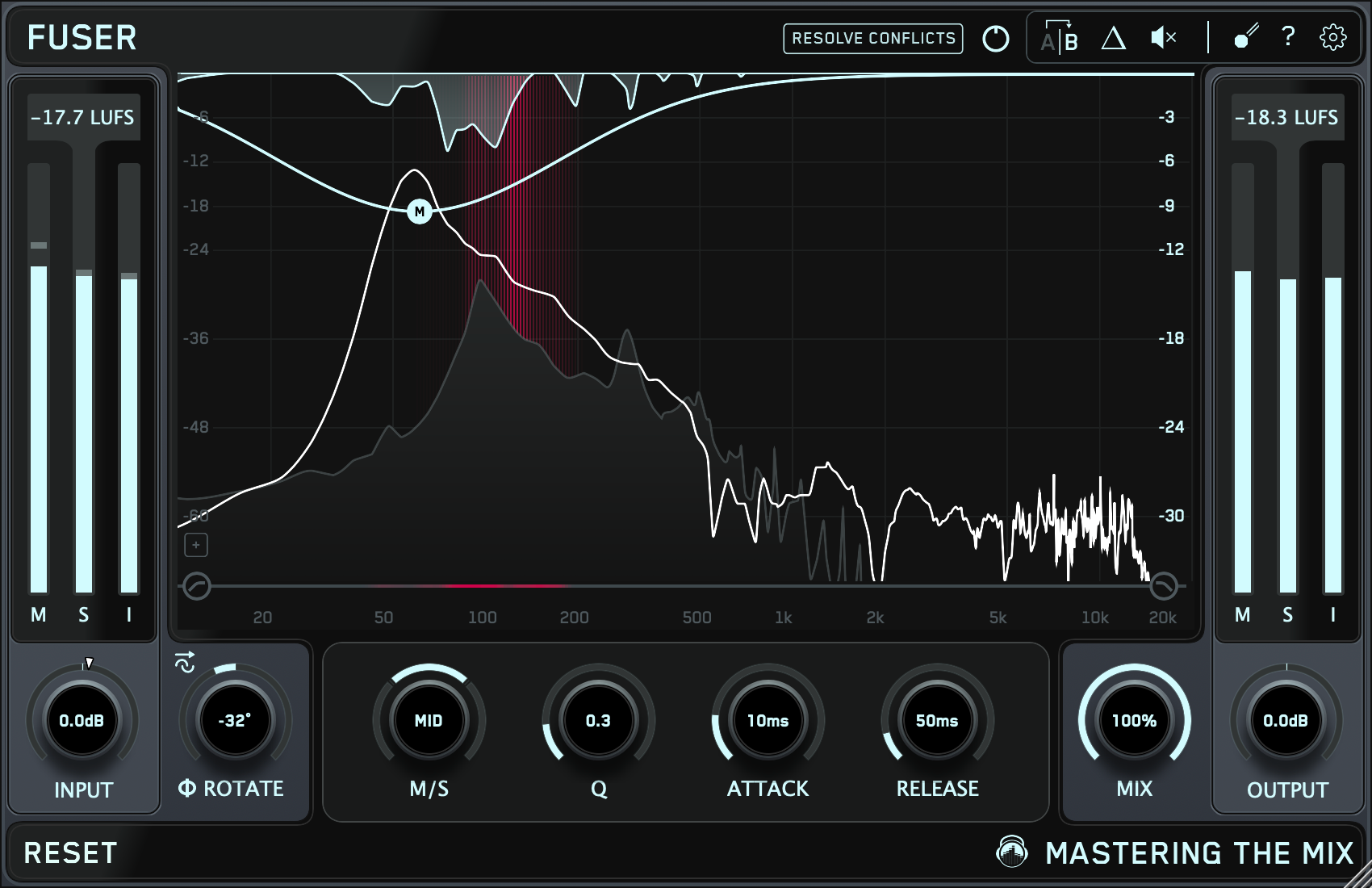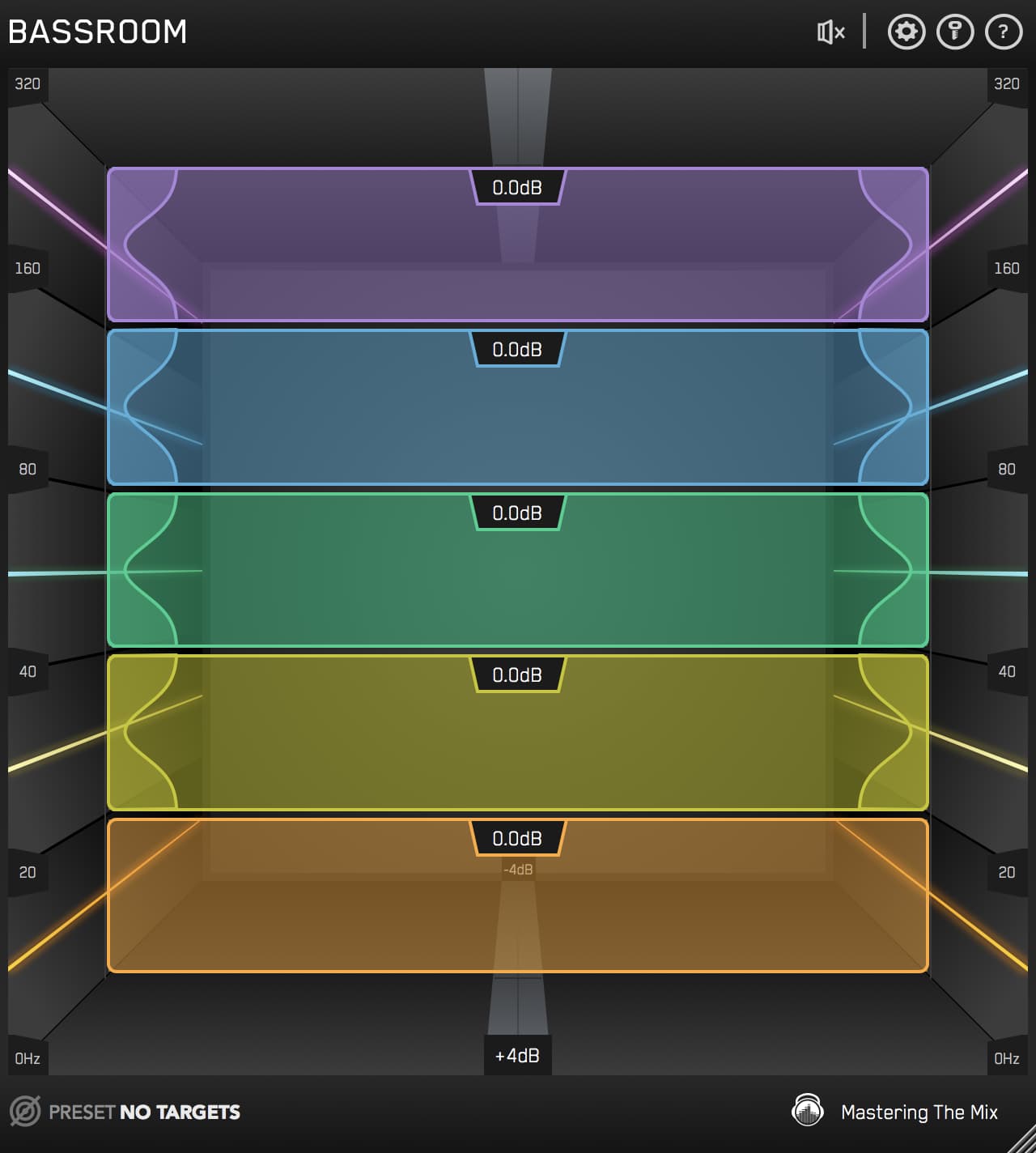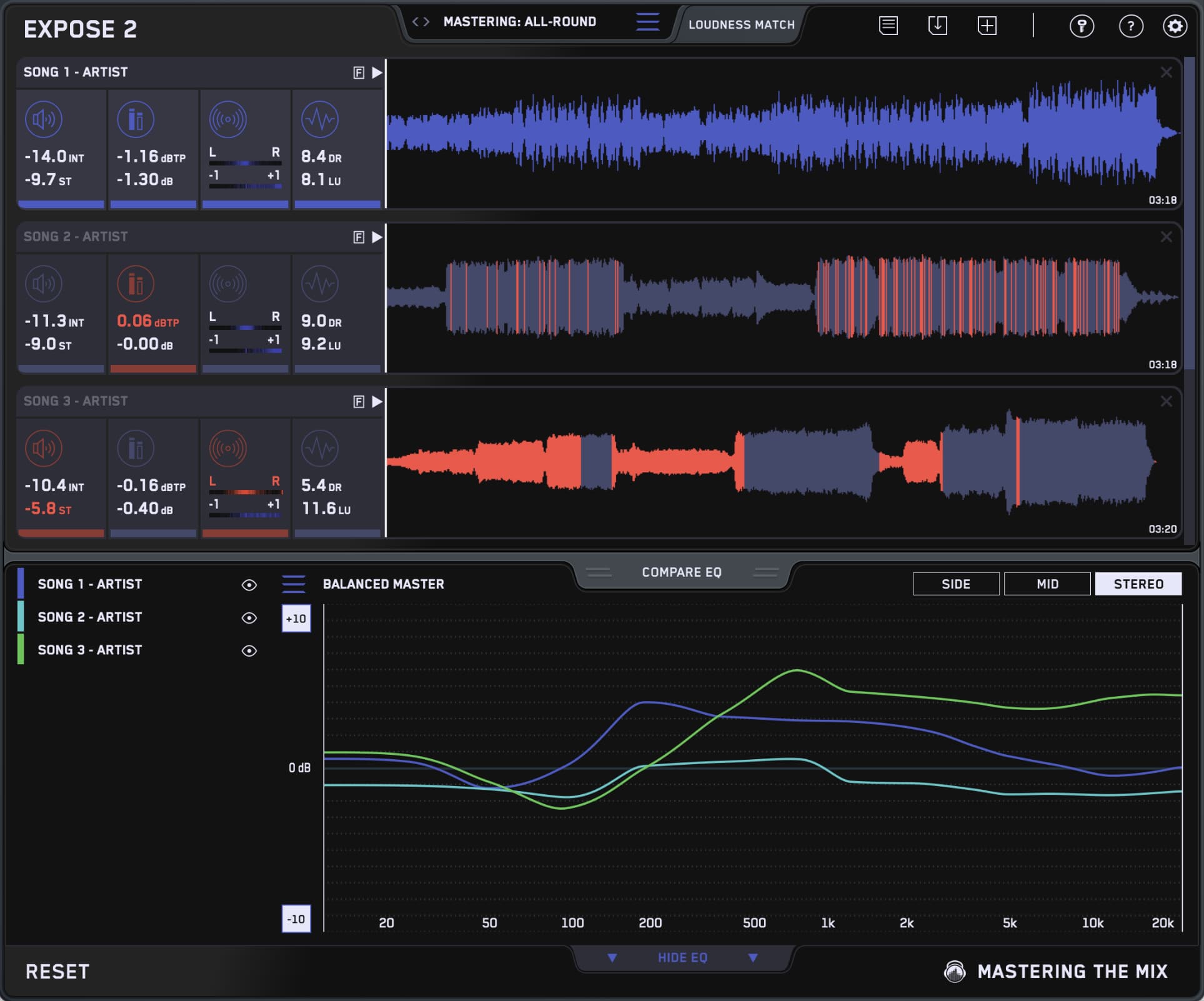When it comes to mixing, the clarity and balance of your track can be significantly impacted by unwanted resonances.
In essence, resonances are prolonged frequencies that stand out or reverberate more than others, often resulting in a mix that feels uneven or harsh.
Let's delve into the world of resonances to understand their effects on your mixes.

- Defining Resonance: At its simplest, resonance occurs when a particular frequency is amplified within a mix, causing it to ring out or 'resonate'.
- Negative Impact: While some resonances may be desirable for enhancing certain elements, excessive resonance can muddy your mix, leading to a less professional sound. It can distract from the musical content and create audio fatigue in listeners.
- Why Resonances Occur: It could be the recording environment, certain frequency buildups from combining instruments, or even the inherent character of individual instruments and voices.
Understanding the nature of resonances and their sources is the first step in creating a mix that is both clean and musically engaging. Identifying and solving these issues is a critical skill for any music producer looking to achieve a polished sound.
With RESO, you can not only find these pesky frequencies but also fix them effectively and transparently, ensuring they don't detract from the overall quality of your music.

Identifying Problematic Frequencies
One of the most valuable skills you can develop as a music producer is the ability to identify frequencies that are causing resonance issues, simply by listening. Pay attention to signals that cause discomfort, are overly prominent, or ring out longer than others.
To help train your ears, our plugin REFERENCE can offer insights by allowing you to compare your mix to tracks that are free from resonant issues. Regularly analyzing cleanly produced music will fine-tune your ear, teaching you what to listen for in your own mixes.
Fire up our plugin REFERENCE as the final plugin on your master channel and import your reference track. REFERENCEs level match feature will be engaged by default. Loop the chorus of your reference track, as well as the chorus in your own project, and jump back and forth.

Pay attention to the upper mid-range, which is where the worst-sounding resonances often lie. Do you notice any thin-sounding spikes poking through the mix when you compare it to your reference track?
If not, great! No need to fix a problem that isn’t there. If you do hear resonances, it’s time to dive a bit deeper.
Remember, practice and patience play significant roles in mastering the art of resonance identification. By leveraging your ears, enhanced by tools like REFERENCE, and supporting your efforts with spectrum analysis, you're well on your way to effectively pinpointing and eliminating those resonant frequencies that can detract from the professionalism of your mix.

Using RESO: Your Solution for Tackling Resonances
RESO is specifically designed to spot and eliminate resonances that affect the quality of your mix. Understanding how to use RESO effectively is essential in achieving a mix with sonic clarity and professional sheen. Below, we explore the inner workings and application of this powerful tool.
Hold control on your keyboard, then move your mouse around the display in RESO to activate the sweep feature. This will slightly boost the frequencies where the mouse is allowing you to seek and destroy the resonances you can hear, but you’re not sure exactly where they sit in the frequency display.

When you hear a frequency jump out that sounds particularly bad, you’ve found a resonance. Sweep through the spectrum in RESO and locate the resonances, double click to create a node on that specific frequency.
The vertical position of the node matters. This is the threshold. When you place a node, you’re basically saying ‘No audio above this point for this frequency’.
 A good starting point for the node position is to place it more or less in line with the top of the real-time frequency spectrum.
A good starting point for the node position is to place it more or less in line with the top of the real-time frequency spectrum.
 From here, you can hold control to lock the frequency, then drag it down for more processing. The more significant the resonance, the more you may wish to reduce the threshold by dragging the node down.
From here, you can hold control to lock the frequency, then drag it down for more processing. The more significant the resonance, the more you may wish to reduce the threshold by dragging the node down.

The Q bandwidth of each node is displayed at the top of the display. It’s optimized to the frequency and automatically updates as you move the node around. The higher the frequency, the higher (or thinner) the Q. However, you’re in control! You can adjust the Q bandwidth if you think it’s necessary by scrolling up or down on the node. 
A broader Q is displayed by a lower number, and will carve out a greater width of frequencies. This is where you need to be extra careful, as the sound can fall apart if you overdo it… Don’t worry, I’ll explain how to avoid overdoing it in the next section. That being said, a broader Q might be exactly what the resonance needs to be successfully remedied.
Here’s A Fool-Proof Three-Step Approach:
- Locate the resonance and double click to create the node around the top of the frequency display.
- Hold control and drag it down until the resonance is fixed.
- If you’ve brought the node down significantly and you still have the issue, try increasing the Q. (You might need to increase the threshold by moving the node up to compensate)

With RESO, your mixes can be freed from unnecessary and unpleasant resonances that muddy up the sound. Whether you're working on vocals, instruments, or the master bus, this plugin remains a go-to solution for clean, professional-grade audio. It is a prime example of how smart technology can intertwine with the creative process to enhance the art of music production.
Note that dynamically taming resonances is a better and more transparent approach than using a static EQ cut with a high Q. When you use dynamic processing, the attenuation occurs relative to how loud the resonance is. With a static cut, the cut is always present, which is like taking a slice out of your sound. It sounds unnatural and possibly worse than the resonance itself.

Best Practices and Tips
- Balancing Act: Always aim for balance in your mix. While eliminating resonances is crucial, it’s equally important to maintain the life and energy of your music. Allow RESO to be a scalpel rather than a sledgehammer, enhancing rather than flattening your sound.

- Tonal Character: Remember that sometimes, what may first appear as unpleasant resonance can be an essential aspect of an instrument's tonal character. Use RESO judiciously to preserve the integrity of the original recording while cleaning up unwanted artifacts.

- Musical Integrity: Ensure that you listen to the full context of the mix, not just soloed elements, when applying resonance suppression. Always check how adjustments made with RESO impact the overall mix to uphold its musical coherence.

It's helpful to stay mindful of the potential for over-processing. With RESO, you have the technology to make refined adjustments that honor the music’s essence while delivering a clean, resonant-free mix.
Conclusion
The magic of a great mix lies in the balance between rawness and refinement. While it's essential to address technical issues like resonances, there is also a beauty to the natural imperfections of sound that give music character and depth. The key to a professional mix is knowing how to respect this balance:
- Musicality Over Perfection: Use RESO with the mindset of preserving the music's inherent qualities. Aim for a natural, expressive sound rather than an overly sterile production.
- Contextual Listening: Always evaluate resonance corrections within the full context of your mix. Every adjustment must contribute positively to the collective sound.
- Trust Your Ears: Ultimately, your ears are the most sophisticated tools at your disposal. Learn to trust them, and if something feels right musically, even if unconventional, it may be worth keeping.
Remember to embrace the imperfections that make music human while striving for the professional sheen required for commercial releases. With the right techniques and tools like RESO and REFERENCE, producers of all skill levels can transform their mixes into clear, balanced, and dynamic productions.


